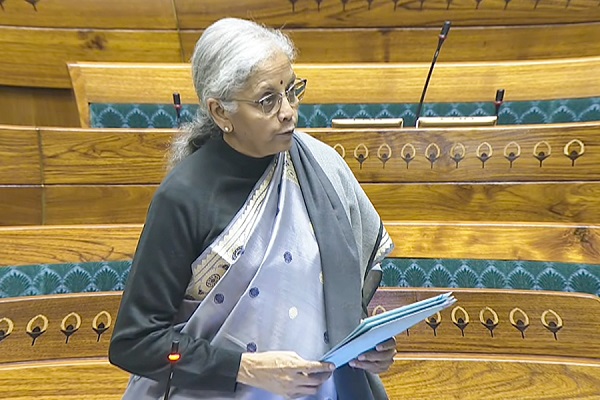Impact of Union Budget 2025 on India's Defence Sector

The Union Budget 2025, presented by Finance Minister Nirmala Sitharaman, focuses on strengthening India’s defense sector by emphasizing modernization, self-reliance, and private sector participation. Given the evolving geopolitical landscape, the budget aims to enhance national security while fostering indigenous manufacturing and reducing reliance on imports.
Budget Allocation Figures:
The budget allocates approximately ?6.22 lakh crore to the defense sector, slightly lower than the previous fiscal year's allocation. This accounts for around 1.89% of India's projected GDP, underscoring the government's focus on balancing security needs with financial prudence.
A significant portion of the defense budget is dedicated to capital outlay, supporting advanced weapon procurement, military infrastructure upgrades, and investments in domestic defense technology.
Push for 'Aatmanirbhar Bharat' in Defense Manufacturing
The budget continues to promote self-reliance in defense production under the 'Make in India' and 'Aatmanirbhar Bharat' initiatives. This year's funding supports:
Indigenous fighter aircraft production, benefiting companies like Hindustan Aeronautics Limited (HAL).
Development of domestic missile systems and defense electronics, with companies such as Bharat Electronics Limited (BEL) and Bharat Dynamics Limited (BDL) playing a key role.
Encouraging private sector participation, allowing defense startups and established industrial players to contribute to critical defense infrastructure.
Modernization and Infrastructure Development
The capital expenditure allocation facilitates the modernization of the armed forces, focusing on acquiring next-generation fighter jets, submarines, and unmanned aerial vehicles. Additional investments are being made in border security infrastructure, particularly along India's northern and western frontiers.
Moreover, the government is prioritizing AI-driven defense technologies, cyber warfare capabilities, and satellite-based surveillance systems to bolster strategic preparedness.
Boost to Research & Development
Recognizing the importance of technological advancements in defense, the budget reinforces funding for the Defence Research and Development Organisation (DRDO). Major focus areas include:
Next-generation combat vehicles and weapons systems.
Cybersecurity enhancements and electronic warfare capabilities.
Strengthening public-private collaboration in defense innovation.
Encouraging Private Sector Participation
To further reduce dependence on defense imports, the budget introduces measures such as:
Facilitating defense manufacturing incentives for private companies.
Promoting Public-Private Partnerships (PPP) in military logistics and defense infrastructure development.
Providing financial and regulatory support for defense startups to drive innovation and sectoral growth.
Implications for Investors and the Economy
The increased emphasis on domestic defense manufacturing and R&D unlocks investment opportunities in:
Aerospace and defense companies involved in military aviation and missile development.
Cybersecurity firms, which stand to gain from the expansion of digital defense infrastructure.
Defense startups poised for growth under new government policies and initiatives.
Furthermore, the push toward self-reliance in defense manufacturing is expected to reduce foreign exchange outflows while generating high-skilled employment within the country.
Conclusion: A Forward-Looking Budget for National Security
The Union Budget 2025 demonstrates India's commitment to a technologically advanced and self-reliant defense sector. By prioritizing modernization, R&D, and indigenous manufacturing, the government is taking proactive steps to strengthen national security and drive economic growth.
With sustained investment in defense capabilities, India is positioning itself to effectively address emerging security challenges while fostering a globally competitive defense industry.










Tag News

India fastest growing economy, no `dead economy` gets credit rating upgrade: FM Nirmala Sith...











